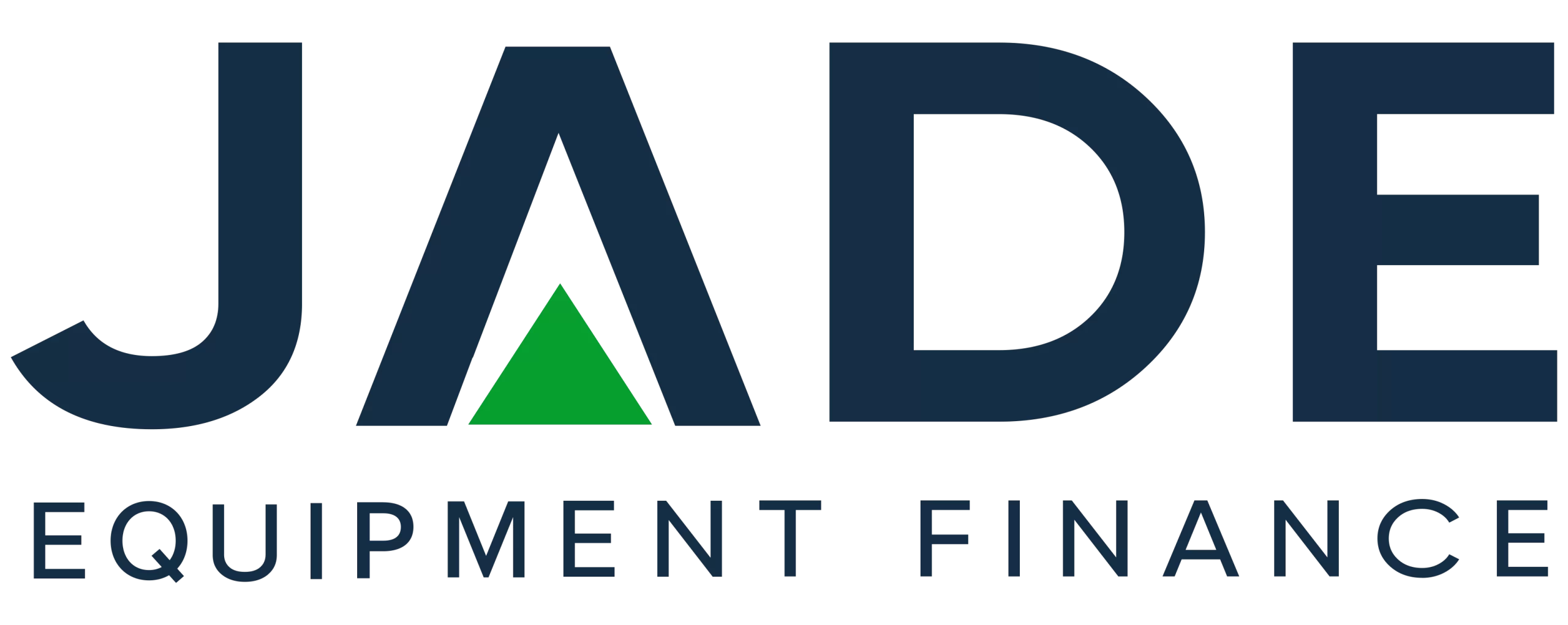Australia is currently in a fast-moving and evolving COVID-19 scenario with the eventual outcomes unknown at this stage. The extended lockdown in NSW especially the 14 day pause to the construction sector was something very few expected. There is a lot of information, data, commentary and opinion, both qualified and unqualified, to digest. So much so that some may have missed the significance of, or even the announcement of the latest unemployment figures. Over recent months the unemployment figures have continued to defy predictions and have moved steadily in a downward direction.
Normally these announcements are heralded as major wins by the Federal Government. But in this case, the announcement coincided with the Greater Sydney extended lockdown and outbreaks and snap lockdowns in other states. While no doubt pleased, Treasurer Josh Frydenberg appeared cautious and subdued in discussing the figures.
The figures - unemployment has dropped to 4.9%. Significance to business? The link between unemployment levels and interest rates! Specifically, the costs of securing equipment finance and other business loans. We explain how current unemployment figures and the effect of lockdowns may impact interest rates and potentially your costs of finance.
Unemployment - Interest Rates Link
While unemployment has dropped over the past few months, the 4.9% figure has particular significance. A sub 5% unemployment figure has long been touted as one of the indicators for the RBA to trigger a rate rise. During the early part of 2020 it was expected by many that unemployment could reach in excess of 10%, especially after the conclusion of the JobKeeper program.
The RBA cut the official cash rate as part of their stimulus response to the early stages of the pandemic to the current historic low of 0.1%. The cash rate is a major determinant for banks and other lenders in establishing their own interest rates across their lending portfolio. Lenders and borrowers closely follow the RBA decisions and our team especially analyse the statement issued by the RBA Governor, Dr Philip Lowe following each announcement.
These announcements over recent months have included consistent messaging – that the RBA Board is looking for unemployment to be sustainably lower and inflation to be in a range of 2% to 3%. The target unemployment has been tagged at below 5%.
So now that it is sitting at 4.9% will that trigger a rate rise? No. Inflation is still sitting in the 1% range and Dr Lowe has repeatedly said he was not expecting to raise rates till 2023/24. It is considered that the unemployment target figure could even now be less than 4%. What will potentially interrupt the downward trend in unemployment is the extended lockdown in Greater Sydney, Central Coast and Illawarra. Significant numbers of both individuals and businesses have applied for support through Service Australia and Service NSW. At least an ad hoc indication of the hurt being felt by the lockdown. Any impact on actual data will not be revealed for several weeks. Any push up in unemployment could push out any rate increase date. But 2024 is still several years away.
Extended and Repeated Lockdowns and Interest Rates
The impact on interest rates of repeated lockdowns, noting that Victoria has just emerged from a fifth lockdown and areas of NSW is into the fifth week of one, is less clear. The impact on business will be clearer in coming weeks but not fully appreciated until lockdowns are lifted and the degree of bounce back can be assessed. A drop in overall growth/GDP could delay any rise in inflation and as such keep rates at current low rates.
What is probably more significant in regard to lockdowns and interest rates is how individual lenders will assess individual loan applications. Typically, lenders will take into account the strength of the business moving forward and may consider any potential exposure to the effect of lockdowns. As an example, the construction sector was previously allowed to operate during the NSW 2020 lockdown. But in July 2021, a 14 day halt to all construction activity was a surprise move by the NSW Government. This may, as the saying goes, throw a spanner in the works for business lending.
Achieving Cheaper Equipment Loan Interest Rates
The complex nature of the impacts which determine interest rates including the unpredictable factors around COVID-19 highlight the importance of adopting a highly professional and expert approach to sourcing equipment finance. Businesses taking on the task themselves rather than engaging experts such as Jade Equipment Finance face the possibility of missing out on cheaper rates and a better finance deal.
The benefits of using our broker-style service are clear, proven and very real. With our vast accreditations with both the major banks and a multitude of non-bank lenders, including specialists in equipment finance, we can offer more choices, more quickly and more efficiently.
Our consultants are fully trained and have the direct, industry connections to negotiate with the decision-makers in our lender organisations. Presenting our individual customer applications to the lenders and using our strong bargaining power to achieve the best outcomes.
It is without doubt an unprecedented time in global history and astute businesses will be seeking to utilise the most expert services available to achieve the best finance outcomes for their operations. Stay connected with us to stay across developments in equipment loan interest rates and contact us at any time to discuss how we can assist you with cheap equipment finance.
Contact Us on 1300 000 003 to discuss your equipment finance.
DISCLAIMER: IF MISINTERPRETATIONS, MISREPRESENTATION OR ERRORS EXIST IN THIS ARTICLE, NO LIABILITY IS ACCEPTED. THE INFORMATION IS PROVIDED ONLY FOR GENERAL PURPOSES AND NOT IN ANY MANNER INTENDED AS THE ONLY SOURCE FOR MAKING FINANCIAL DECISIONS. THOSE THAT CONSIDER THEY REQUIRE ADDITIONAL GUIDANCE OR ADVICE SHOULD REFER TO AN INDEPENDENT FINANCIAL ADVISOR.


